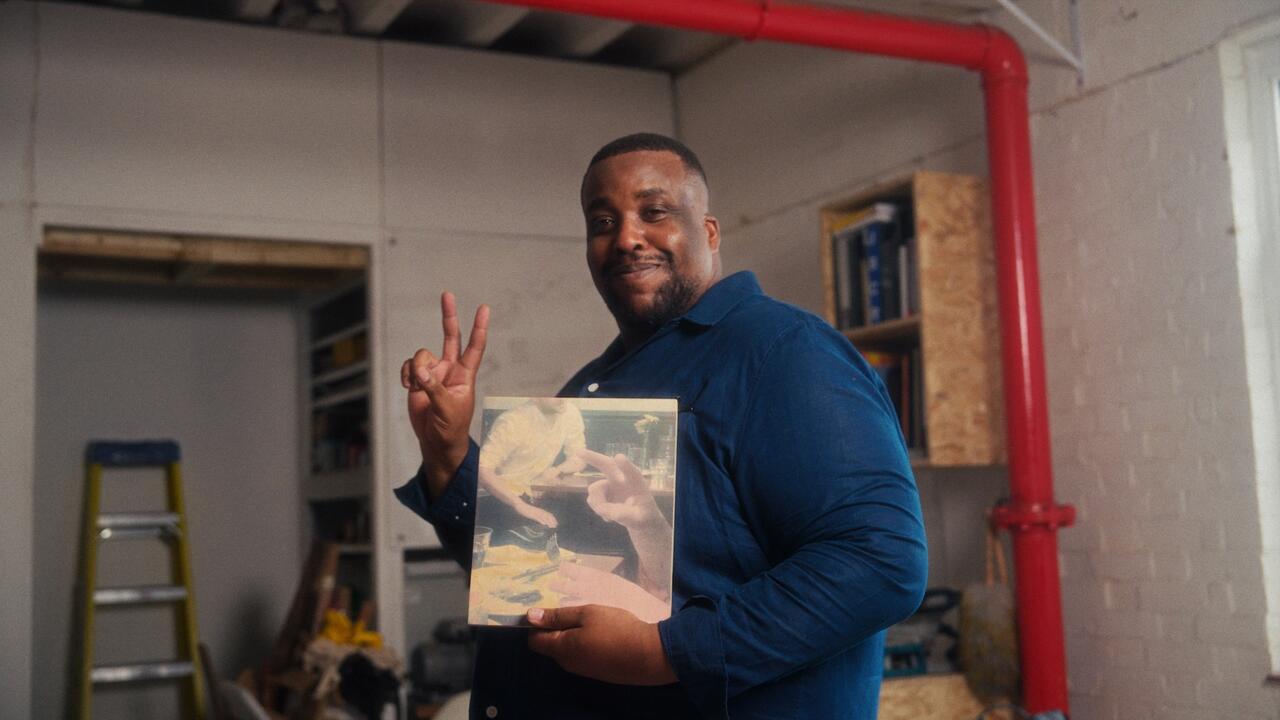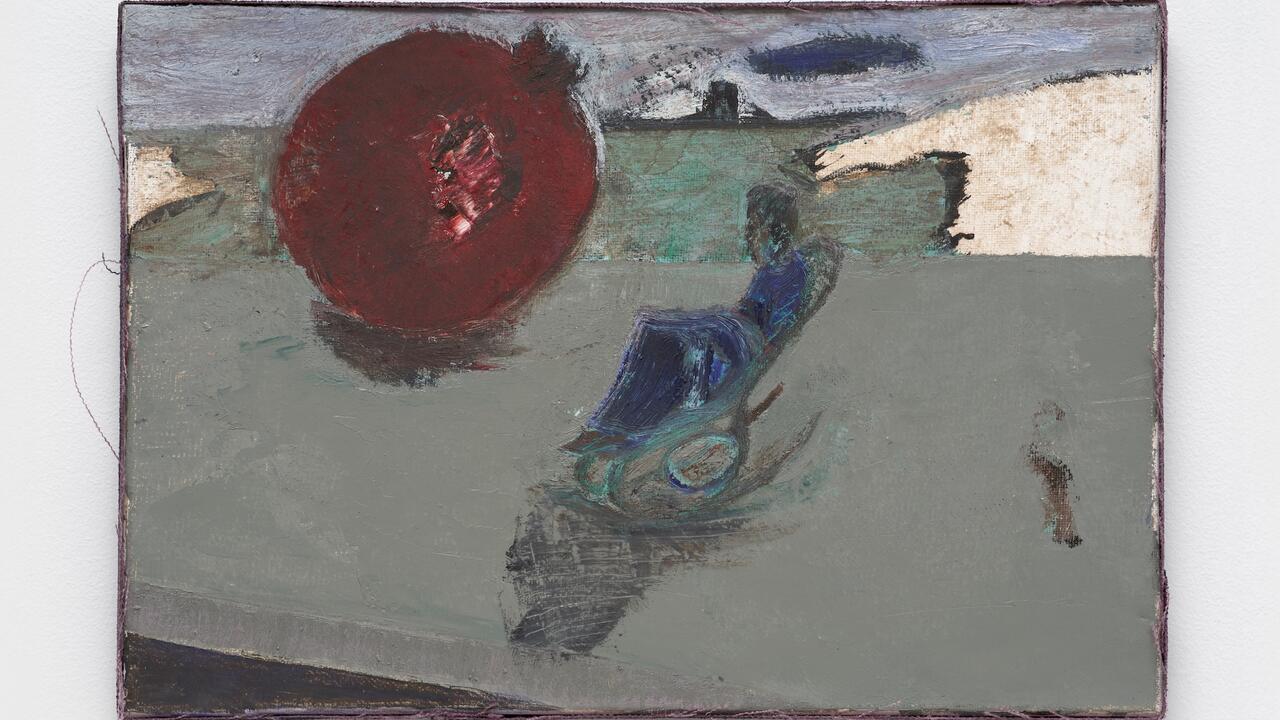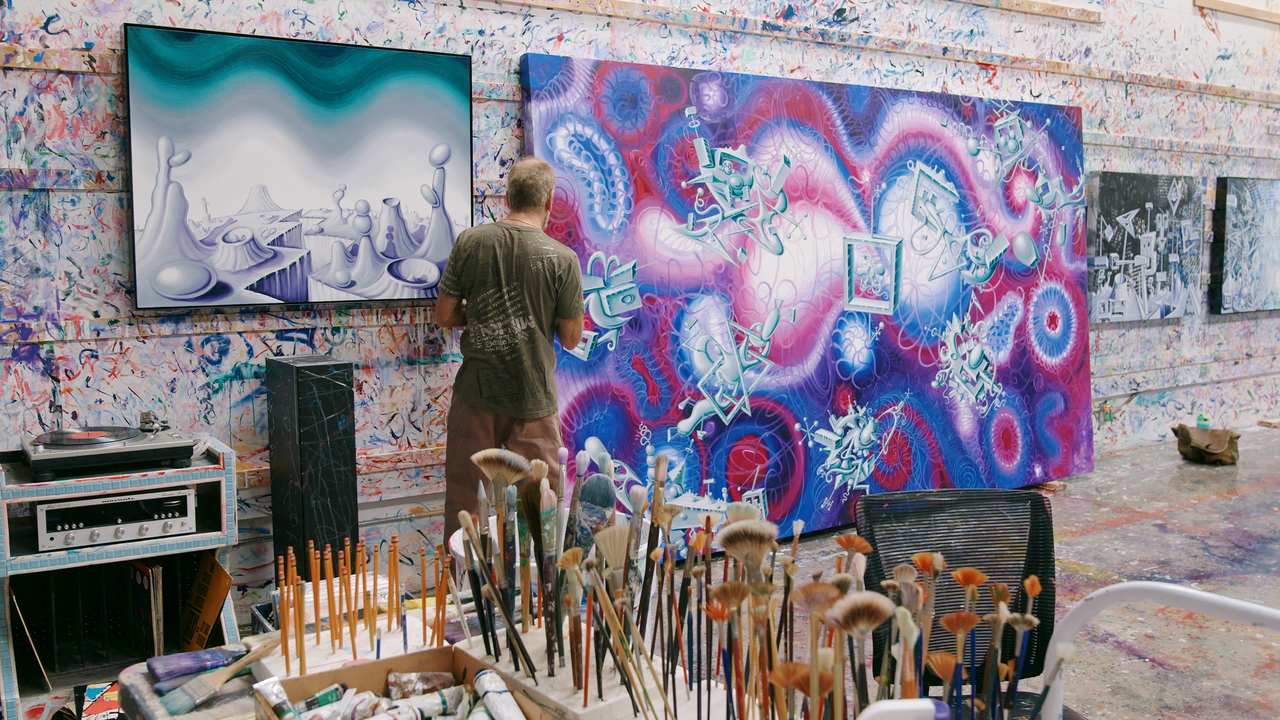Grand Theft Auto
How car advertising borrows from contemporary art
How car advertising borrows from contemporary art

The instrumentalization of art in advertising is nothing new and, as a PR strategy, appears to have lost no traction. Recent examples include Robin Rhode’s very willing collaboration with BMW to produce An Expression of Joy (2008), a romantically choreographed performance painting enacted by a BMW with paint applied to its tyres in an oh-so-rugged warehouse, accompanied by bleeping electronica. That elaborately staged event, documented (to a fault) for posterity on BMW’s boutique website, generated a glut of print and moving-image advertising for the company, equating, with all the subtlety of a gun, the ecstasy of artistic creation with the exhilaration of operating the ultimate driving machine. Less joyous unions include telecommunications corporation AT&T’s decision to ‘borrow’ Christo and Jeanne-Claude’s The Gates (2005) for Central Park, as the basis for a television commercial, and IBM’s unofficial, unsanctioned and presumably unwelcome nod to Julie Mehretu in an animated advertisement for commercial data transportation.
The next step in this evolution, it would seem, belongs to the car manufacturer, Acura, the luxury subsidiary of Honda. Perhaps this should come as no surprise given the company’s oft-repeated imprimatur: ‘Advance’. At the end of each television commercial, a throaty, authoritative male voice intones: ‘The most innovative thinking you’ll find, you’ll find in an Acura.’ Their cars bear the burden of proof, boasting the latest technology integrated into the most refined containers. Taking those containers apart with fancy and finesse to foreground their interrelated goals of innovation and advancement has become the concerted focus of Acura’s advertising campaign, and to those ends they have summoned, not surprisingly, art in numerous guises, but also the most entrenched conventions of gallery and museum presentation.
A new suite of advertisements for Acura’s 2011 models emphasize this commitment. One of the selling points of the new ZDX, for example, is an active damper system that has, they claim, transformed the vehicle’s suspension. This innovation is based on the use of a fluid more advanced than oil that responds with uncanny precision to electromagnetic charges. To make manifest and seductive this rather intangible, technical innovation, the ad begins with a rarefied interior space that recalls nothing more clearly than an Upper East Side residence-turned-gallery – emphatically and unmistakably blue-chip. Suspended from the ceiling above a layer of oil is a muscular industrial magnet which, as the atmospheric music begins, draws a triangular field of jagged, glistening peaks from the smooth expanse of oil below. It then sways fluidly across the room to the gentle tones of a narrator who elaborates on the real-world applications of this ostensible abstraction. For any high culture journeyman there is nothing indecorous about seeing an industrial material like oil in an Upper East Side space: that kind of finely calculated dissonance is standard fare in the art world. Only towards the end of this 31-second segment does abstraction give way to an intelligible image of the product: the ZDX ‘installed’ sans oil in the same space. In this case, the spectacle of abstraction in a museological environment becomes the marketing synonym for a technical advancement of calculable ‘value’ that itself holds no visual appeal. A combination of sleek abstraction and the aesthetics of installation, then, combine to make this invisible product visible and therefore saleable.
This advertisement for the ZDX ‘borrows’ liberally and without credit from a 2001 installation descriptively titled Protrude, Flow by the artists Sachiko Kodama and Minako Takeno. Other advertisements from the same series are a little more oblique in their ‘fair’ use of artist’s ideas. One for the Acura TL, for instance, set in the same Upper East Side habitat, touts the ‘power’ of this sports sedan by staging the assembly of the vehicle’s power-train in a time-lapse fashion, each addition, the voice claims, enhancing the muscle of the vehicle. Here the point of reference could arguably be Mexican artist Damián Ortega’s iconic Cosmic Thing (2002), an exploded Volkswagen Beetle, its component parts suspended from the ceiling to present a static, three-dimensional autopsy of the so-called ‘people’s car’.
Two other advertisements from this series generalize the aesthetics of installation to present cars as deconstructed sculptural objects that make elegantly visible technical properties usually concealed by the body of the product. The shell of an Acura MDX is catapulted by a carefully aestheticized crossbow-like device into a gallery wall to demonstrate the shock-absorbent qualities of its frame, while the sound-dampening technology in the nimble tsx is literalized as a forest of speakers – a kinetic sculpture with sound – that recalls any number of installations from Susan Philipsz through to Haegue Yang and Olafur Eliasson. In both of these instances, the deconstructive impulse, a strategy used most often by artists to critical ends, is turned on its head: disassembly does not reveal a greater truth about these subjects, but simply reasserts and further instantiates their price tag.
None of this is new terrain for Honda/Acura. In 2003 it launched Cog, a celebrated advertisement for the seventh-generation Accord that drew so liberally on Fischli/Weiss’ 1987 film Der Lauf der Dinge (The Way Things Go) that the artists sent a letter to Honda UK threatening legal action for copyright infringement. There is a lighter touch to the company’s familiar interest in not-quite-copyrighted ideas in this group of Acura TV ads, but the use of rarefied museological situations to stage technical ‘advancements’ as abstractions or installations represents a deeper incursion into the art world’s system of values, one that acknowledges with uncomfortable frankness the implicit triangulation between conventions of museum presentation, cultural prestige, and actual value. To be sure, aesthetics have always had value, but a decorous kind of value predicated on connoisseurship, learned consensus, concept and craft. Acura’s commercials synthesize the development of this tradition of looking and assigning value into an advertising package that sets out to achieve openly what the art world achieves quietly behind closed doors: profit. Perhaps these advertisements feel exploitative and dirty not because they represent bad examples of sculptural abstraction or installation art, but because they demonstrate how easily our system of aesthetic values can be generalized, reduced to a formula, and used.
















